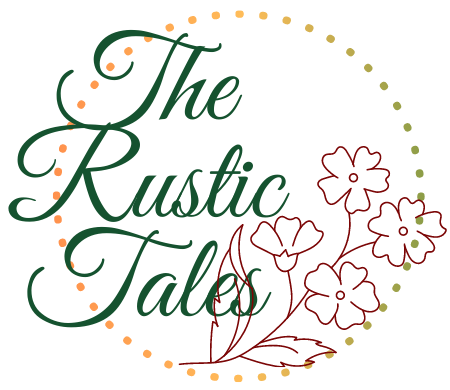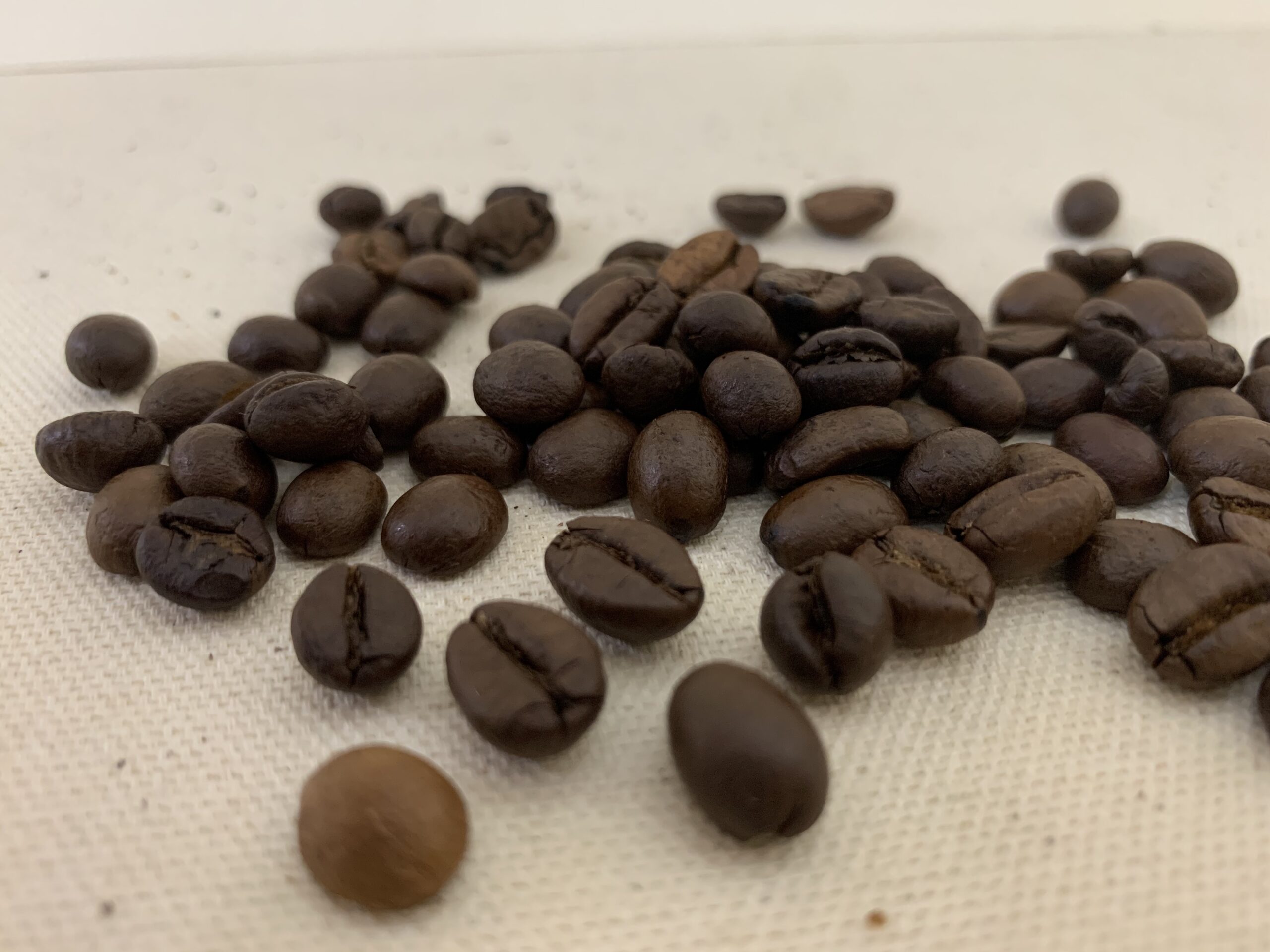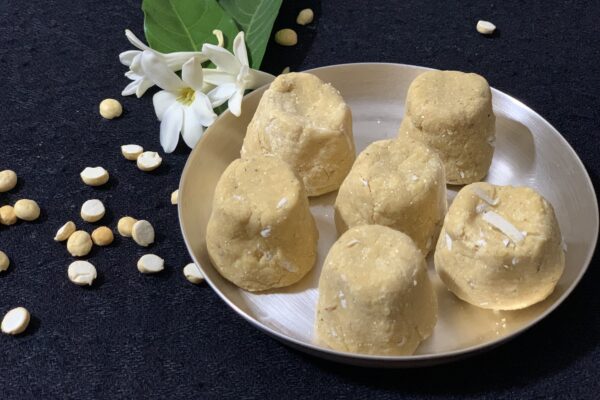What is it like to start your day? The chirping of birds, the first ray of sun and a nice hot brewing coffee. I have to say nothing brightens up my day as much as a cup of hot coffee. The aroma giving a kick start to the morning, promising the day would be just like it- refreshing. So what exactly is my cup of coffee-the filter coffee.
In the world of Lattes and Cappuccinos
With the international influence heavily dominating the Indian society, for todays generation “…coffee for instance means the Espressos, Cappuccinos, Café Lattes, Mochas or Moccchino and the Dalgona.”
Having experienced all these different coffees at one or the other point of my life I believe they all have different experience.
The dark and bold espresso. The strong hot cappuccinos; the milder and sweeter lattes. The chocolate laden Mocha and the cold and flavoured Dalgona, have all carved a special niche of their own amongst the coffee lovers.
However, they didn’t hit me the way my cup of coffee hit me- The South Indian Filter Coffee. The recent explosion in the coffee culture has lead to growth of many cafes and coffee houses in India. However, it is disappointing to know that none serves the filter coffee.
Exploring the Indian Filter Coffee – “KAPPI”
India is divided into two parts the North-tea lovers and south-Coffee devotees
The south Indian Filter Coffee also known as Madras filter coffee, Kumbakonam degree coffee, Mylapore filter coffee, or Mysore filter coffee. It is a special drink somewhere between the espresso and Cappuccinos.
Sufi saint Baba Budan of Karnataka is believed to have brought coffee from the Yemeni port of Mocha in 16th century to India. From there onwards, filter coffee has made a very special as well as an irreplaceable place in the hearts of south Indians.The streets of any urban or rural place in south India is welcomed by the stimulating aroma of roasted coffee beans.
The aroma of the freshly brewed coffee brings back the nostalgia of Bangalore, as a result my childhood spent there during my vacations. The piping hot coffee served in steel tumblers and dabarah (which are the containers specially meant for ‘kappi’), the skilled and fancy way of adding milk creating the beautiful froth, the self-service counters and the standing tables where people often share their ‘kappi’ and their experiences, the by two concepts (sharing between two friends one cup of coffee), Alas, its slowly being changed and ‘kappi’ being replace by the gourmet coffee.
Source of “KAPPI”
The coffee beans are obtained from the coffee plant widely grown in the southern regions of India. Vast plantations of coffee line up the hill stations. On my visit to Coorg, I was so excited and delighted to see the coffee plantation and those small green fruits which happens to brighten up each day of my life without any disappointment.
The coffee bean is initially seen as a green fruit, which on drying produces the coffee beans. These beans are roasted to get the distinctive aroma it has. The experience and skill of the barista decides the coffee that fills your coffee mugs. Too faint roasting, you won’t experience the kick. Too much of roasting makes it bitter to taste. The roasting of coffee is an art that very few can master. In a way Coorg visit educated me more about this wonderful ‘kappi ‘and brought it closer to my heart.
In India, two varieties of coffee are available, the coffee arabica and the coffee robusta. Coffee arabic is milder and aromatic while coffee robusta – the strong and robust. If you like your coffee to be milder and soothing, go for the coffee Arabica which is 100% pure coffee. But if you like it to be strong then head to Coffee Robusta which usually comes mixed with chicory. The nutty and woody taste of coffee is due to chicory. A good blend of robusta coffee will have a ratio of 90: 10 coffee to chicory. Higher chicory content will make the coffee stronger but will spoil the original taste of coffee.


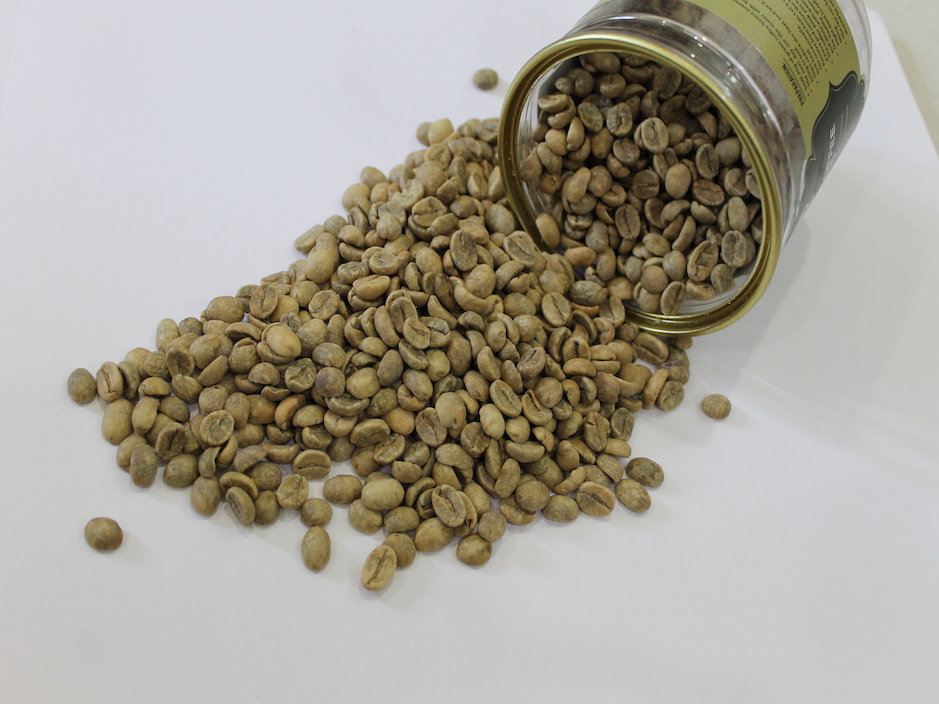
Making of the “KAPPI”
Kappi is made by mixing the hot boiled milk to the decoction of coffee. The coffee is brewed by percolation using hot water in a typical steel coffee filter. The coarse ground coffee powder is added to the upper chamber of the coffee filter. This is containing holes and pressed with the filter press. Below the upper chamber rests the lower chamber where the coffee is collected. Hot boiling water is added from top and slowly the aromatic coffee is allowed to percolate-ready to make our very own Kappi.
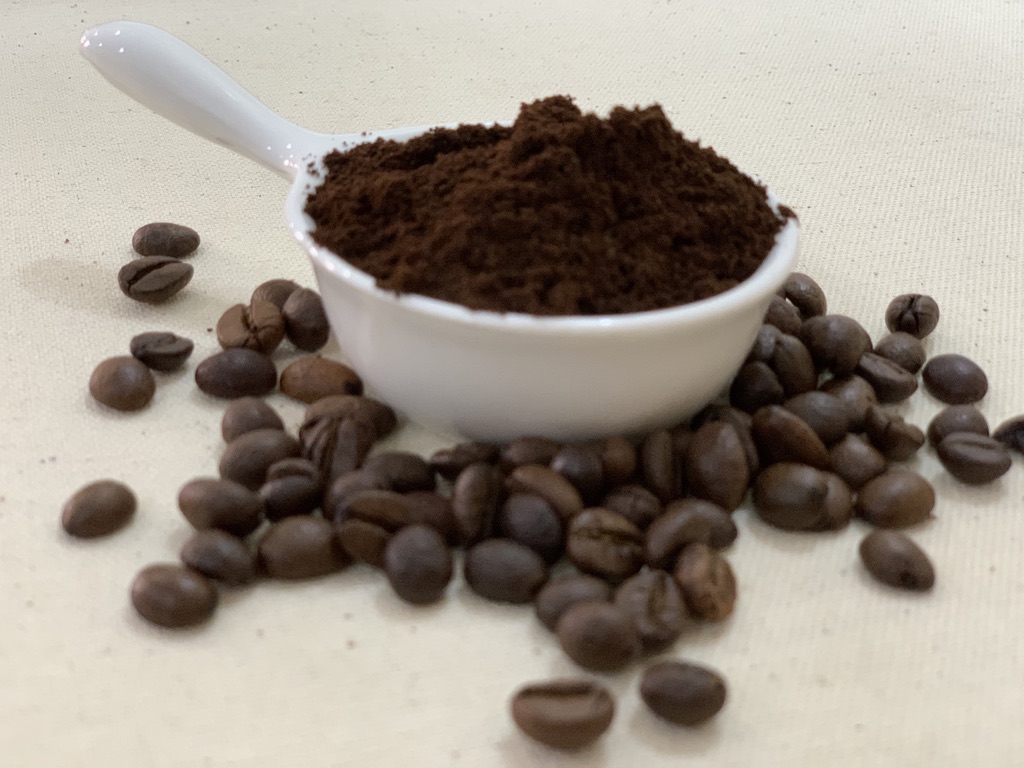
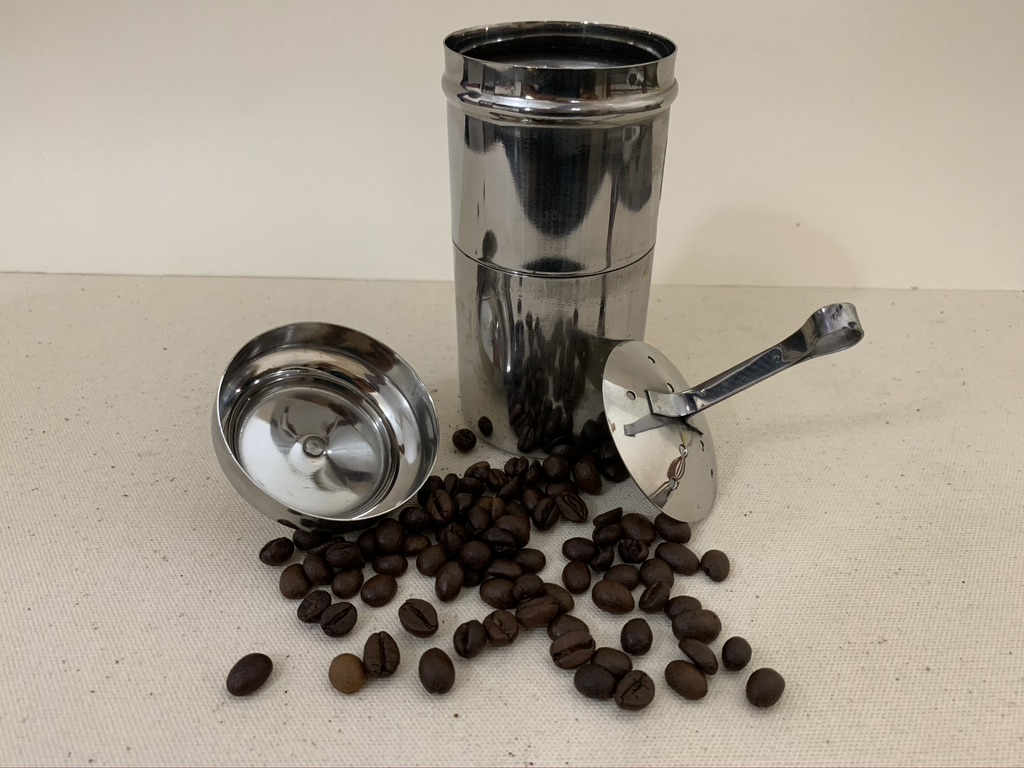
The mistake in making the traditional kappi that people always do, is they tend to boil the coffee just like tea. The right way, however, is boil the milk with or without sugar as your palette suits p.s. I prefer mine with sugar and add this hot milk into the warm decoction in a rapid motion allowing the froth the form. It is pure bliss not just to drink but to watch the entire process.
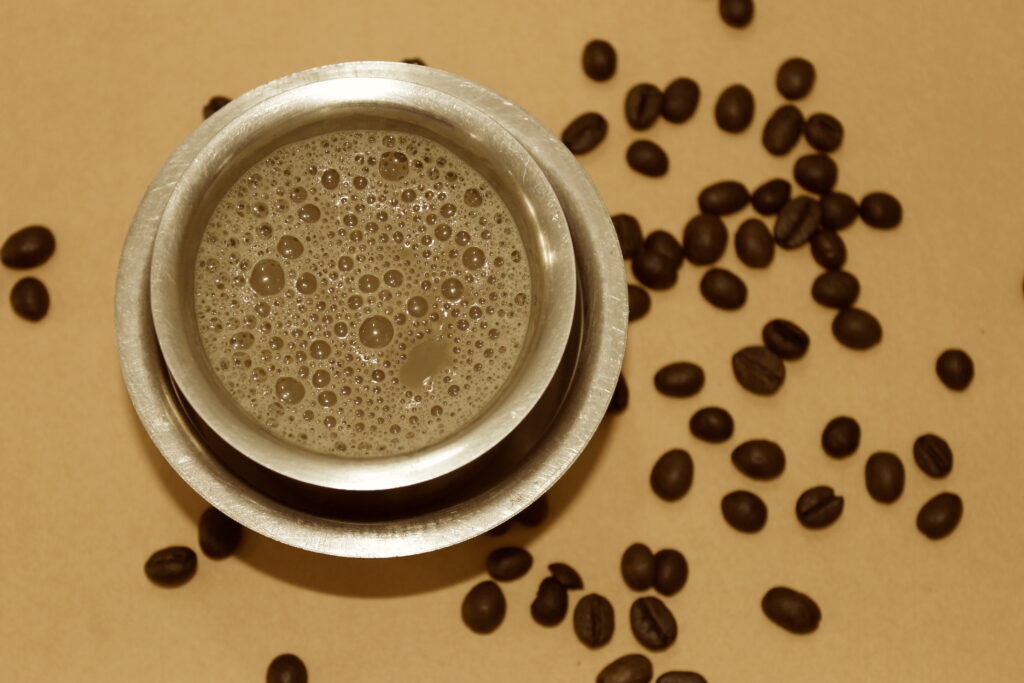
THE CUP OF REFRESHMENT-SOUTH INDIAN FILTER COFFEE
With different experiences and the single source of morning refreshment, Kappi is always going to be my cup of coffee. Waking me up in the morning and tempting me to be like it… Dark, strong and lingering. In your lifetime, for once experience this cup of bliss once. do share with me, if it also made you fall head over heels for it…just like me
To sum it up, it is rightly said “a lot can happen over a cup of coffee” so say yes to kappi.
